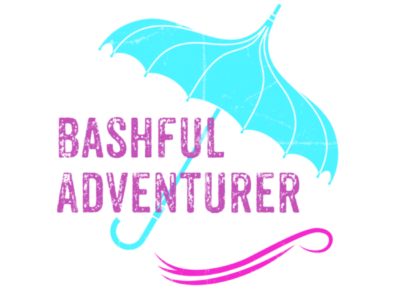
A voyage long and strange indeed: Christopher Columbus in statue form in San Juan, Puerto Rico. Photo credit: M. Ciavardini.
I travel to get a better understanding of the present and of the past, but reading Tony Horwitz’s A Voyage Long and Strange: Rediscovering the New World reminds me that history is told by those who survived it. When contemplating the “discovery” of America and its pre-revolutionary history—a logical effort in a week where we celebrated Columbus on Monday and Leif Erikson Day on Tuesday—I realize that the story of our own past has evolved over the eras, with inconvenient details sometimes easily omitted from the classroom lessons of my own early years.
This post may contain affiliate links in which I earn a small commission if you click on the link and make a purchase from the site.
Where Is Christopher Columbus Buried?
I visited the alleged resting place of Columbus’s bones in the Dominican Republic years ago, but learned from Horwitz’s book that Columbus’s corpse was almost as well-traveled as his living body was. Columbus died in Spain, but was later reburied in Santo Domingo. When the French took over Hispaniola (present-day Haiti and the Dominican Republic) centuries later, off his remains went to Cuba. They were returned to Spain when the Spanish lost Cuba, or so the story goes. Some say that it was Columbus’s son whose remains were cruising the Caribbean and that father Christopher remained in Santo Domingo all along.
A Voyage Long and Strange doesn’t gloss over Columbus’s shortcomings, such as his advocacy of the slave trade, or romanticize the lives of those settlers who actually did make it to North America.
Pocahontas Was Just 10 Years Old?
I was most surprised to learn in A Voyage Long and Strange that the Indian princess Pocahontas was a pre-teen when she supposedly saved Captain John Smith’s life. I think I knew that she later married a different settler, John Rolfe; went to England; and died young; but I had forgotten how controversial an interracial marriage would have been at the time, and even more so—especially in the American South—years later when history books were being written. I learned about Virginia’s ban on interracial marriage in law school (a statute declared unconstitutional by the Supreme Court of the United States in 1967), but hadn’t remembered that there was a “Pocahontas exception” allowing whites and Indians to wed.
Even on days, in weeks, when we revere our forebears, it’s good to remember that our collective past was a lot messier than many of us would like it to be. On family trips, I’ve visited Jamestown, Va., and Fort Raleigh on Roanoke Island, N.C., but the next time I head to a monument, I’ll remember to ask more pointed questions about those who were displaced and the people who displaced them.
—Lori Tripoli
 Lori Tripoli is the editor and publisher of Bashful Adventurer. Based in the New York City vicinity, she writes about travel for a variety of publications.
Lori Tripoli is the editor and publisher of Bashful Adventurer. Based in the New York City vicinity, she writes about travel for a variety of publications.
Contact Lori at loritripoli@bashfuladventurer.com.
Are you seeking to learn more about indigenous peoples in your travels? You might like these posts:
The First Thanksgiving Was in Florida
New England History for Truth-Seeking Tourists
The Worst Sorts of Falls
Make Time for the Native American Museum in NYC
A Lesson in Colonialism at Cusco Cathedral

